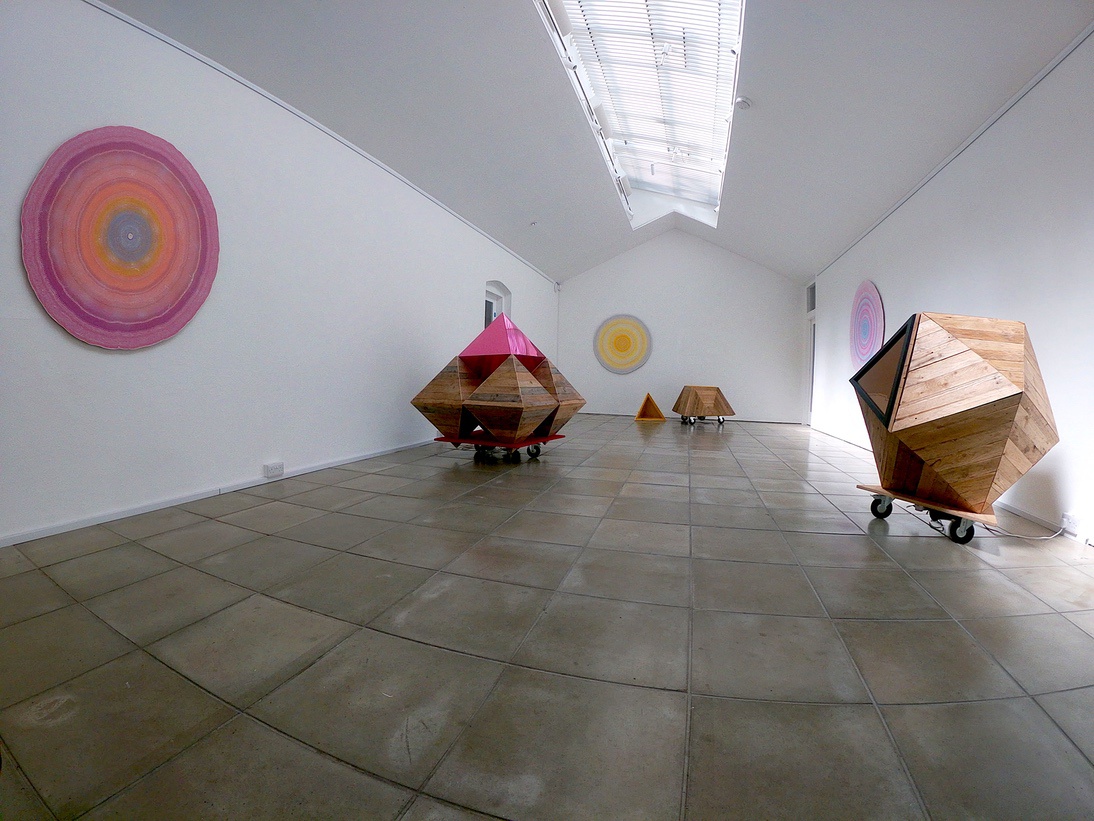
07 Nov Nothing is Immediate: An Immersive Pedagogy
By Kate Davey
The ultimate question in relation to the arts is – and perhaps always has been – what actually is art? Who is it made by, and who is it made for? In John Dewey’s 1934 book ‘Art as Experience,’ the author talks about the twentieth-century compartmentalisation of fine art; where the arts have systematically been removed from the influence and inspiration of our everyday lives, instead now existing in a sphere only accessible by an elite few. He talks about how monolithic museum and gallery buildings “establish superior cultural status, while their segregation from the common life reflects the fact that they are not part of a native and spontaneous culture.”[1]
In his book, Dewey returns to an earlier time, where:
Dancing and pantomime, the sources of the art of the theatre, flourished as part of religious rites and celebrations. Musical art abounded in the fingering of the stretched string, the beating of the taut skin, the blowing with reeds. Even in the caves, human habitations were adorned with coloured pictures that kept alive to the sense experiences with the animals that were so closely bound with the lives of humans.[2]
It is this connection to our lives, our experiences, our natural world, that so imbues Tony Spencer’s engaging and immersive project ‘Nothing ‘is’ Immediate.’ At the core of the project are geometric sculptures based on the five platonic solids that reflect the elements of earth, water, fire, air and ether, with the purpose of inspiring live participatory art events. Spencer’s project is as much about process as it is about product, inviting audiences – in particular neurodiverse people and people with disabilities – to experience a transformed gallery space where they can enjoy in an immersive experience that has been created for all the senses, improving wellbeing and ultimately slowing their brainwaves to the meditative alpha state.
Immersive art, as defined by Lise Arlot in her 2017 article ‘Feel it, live it: Immersive Art,’ is “the medium in which contemporary artists manage to engage a once passive audience through artistic total-body immersion.”[3] Arlot cites immersive artists as ‘brave,’ as many are working to create “complex and interactive installations, in which the visitors are completely immersed engaging both their bodies and minds.”[4] Interestingly, Arlot touches upon the human desire to experience being immersed in a positive environment:
People love space and love the feeling they get from being in a certain environment This is the reason why we may spend a fortune just to be on the nicest Hawaiian beach or among the tallest skyscrapers. Environments intrigue, excite, scare, engage, relax people.[5]
This more immersive art really challenges the traditional museum and gallery pedagogy, as well as what we think of as the function of art. In an article entitled ‘Discursive versus Immersive,’ Mark Wigley writes about two distinct types of museum exhibition; the discursive and the immersive: “One positions itself on the side of the brain; the other positions itself on the side of the body. One involves putting more words into the gallery; the other removes all of the words.”[6] For the ‘traditional’ discursive exhibition, Wigley talks about how all sensory information must be removed. The white cube space is a blank canvas that ultimately eliminates all elements of smell, taste, sound, and – most notably – touch in order to heighten our visual senses. It is clear, here in the discursive exhibition space, that “the world of your senses and the world of art occupy separate spheres. You can look, but you cannot touch.”[7] Quite the contrary, the immersive exhibition space represents a “loss of this subject/object spacing by using the language of the multi-sensory as opposed to the language of vision.”[8]
The use of museum and gallery spaces to offer a more immersive experience for audiences can be very beneficial for health and wellbeing. In a world where we are constantly ‘switched on;’ where we are rarely present in any given moment, the opportunity to explore the stimulation of all of our senses can offer a moment of meditative respite. In her thesis ‘Reconceptualizing Space: Multisensory Rooms and the Immersive Art Experience,’ Melanie Zebrowski explains it as:
The nature of contemporary culture supports lifestyles that are lacking in practices of stillness. Always on the move and stimulated by outside influences it is difficult to feel grounded and centered. However, I believe that this makes the experience of such states more important than ever. By spending more time in environments that nurture these feelings, it is more likely that our sense of peace and wellbeing will grow.[9]
It is exactly the above that Spencer aims to achieve with ‘Nothing is Immediate.’ As well as helping us become active audience members and question what a museum or gallery space really is; what it can offer us; what we can have control over, the project encourages us to take a moment away from our switched-on lives and enjoy the feeling of the total immersion of all of our senses.
References
Arlot, Lise, ‘Feel it, live it: Immersive Art’ on Medium, available online [https://medium.com/feral-horses/feel-it-live-it-immersive-art-896d763ee2b3]
Dewey, John, Art as Experience, Capricorn Books, 1934
Wigley, Mark, ‘Discursive versus Immersive: The Museum is the Massage,’ in Stedeliijk Studies, available online [https://stedelijkstudies.com/journal/discursive-versus-immersive-museum-massage/]
Zebrowski, Melanie, Reconceptualizing Space: Multisensory Rooms and the Immersive Art Experience (Thesis), available online [https://ecommons.udayton.edu/cgi/viewcontent.cgi?article=1197&context=uhp_theses]
[1] John Dewey, Art As Experience, p 9
[2] Dewey, p7
[3] Lise Arlot, Feel It, Live It: Immersive Art
[4] Lise Arlot, Feel it, Live it: Immersive Art
[5] Arlot, Feel it, Live It: Immersive Art
[6] Wigley, Mark, ‘Discursive versus Immersive: The Museum ais the Massage’
[7] Mark Wigley
[8] Mark Wigley
[9] Melanie Zebrowski



No Comments